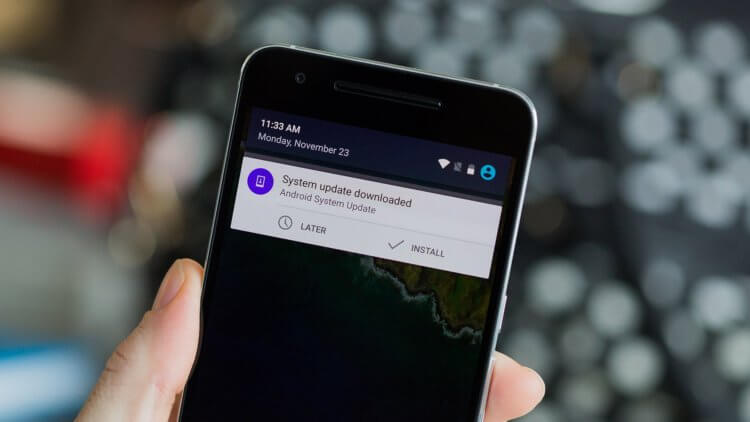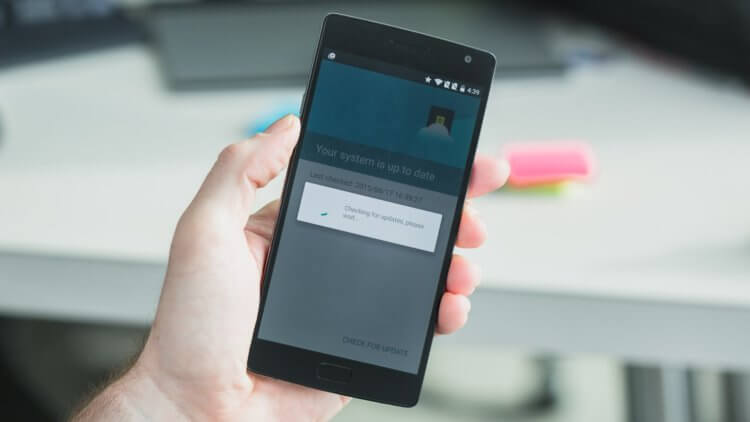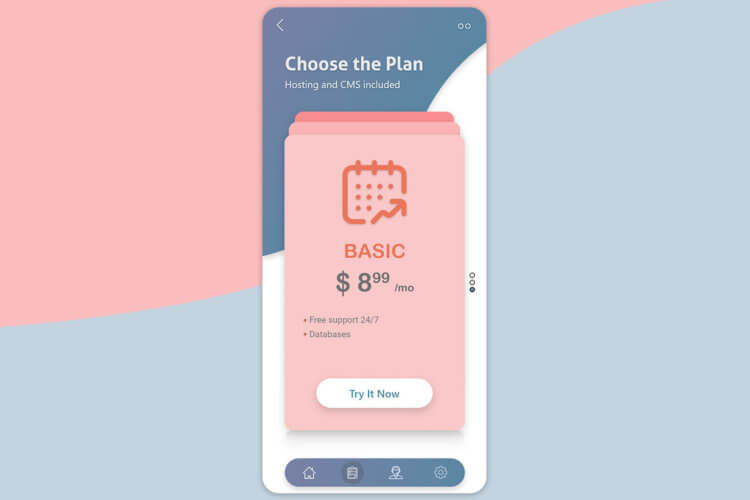I don’t know about you, but I have never come across Android – a smartphone that would be regularly updated every month and received all the updates it should. Either I just don't know how to choose, or there are really serious problems with support on Android. And the second reason is closer to me, because it is almost impossible to guess in advance whether the manufacturer will support a specific smartphone model. And if there were clearly defined rules for software support in the industry, then life would be easier. Let for this and would have to fork out a little and pay.

Updates are not free, and you have to pay for them
I understand why manufacturers do not provide stable support for their smartphones. It's just that after the sale of smartphones, they do not receive any income from their customers. If Apple hooked its users to their own services, the subscription to which is paid every month, then everyone else is forced to use Google services. Therefore, its smartphones have no problems with the update, which the company regularly distributes every month. Any brand can use the source code, but they are simply not interested in incurring financial losses by adapting patches and not getting anything in return.
Why updates are needed Android

Updates will make smartphones Android more valuable than they are now
To solve this problem, frankly, is not difficult. In my opinion, for this it is enough to enter payment for updates, which I would gladly agree to, because this will solve several problems at once.
- The payment will encourage manufacturers to release updates for their smartphones on time and without delays;
- Smartphones running Android will become more protected from viruses and malware;
- Users will have access to functional innovations that will expand the capabilities of their smartphones;
- Manufacturers will begin to strive to update all – even old – smartphones as long as possible in order to extract as much profit as possible;
- All this will lead to an extension of the life cycle of smartphones, which means that it will increase their potential in the secondary market and reduce the rate of reduction in price.
Yes, I know that Google updates smartphones to Android in a slightly different scenario than Apple. The search giant has a large number of services that are unrelated to the operating system and are updated independently of it. As a result, innovations and improvements can even reach those smartphones whose support has already ceased. For example, as is the case with the coronavirus patient tracking system, which became available in all versions Android starting with 6.0. But, in my opinion, this is absolutely not enough for the operating system to remain relevant. After all, without changing the program code, without transforming the file system and other mechanisms, all this does not make any sense, because the Google Play update will not be able to eliminate the vulnerability.
Paid updates Android
There are two ways to implement payment: the least efficient and the most efficient. The first is buying a new version Android once a year. This compensates the manufacturer for the optimization costs, but in this case he will not know how many users will want to buy the update, and how many will decide not to. As a result, the optimization approach will be extremely bad. The second method is subscription to updates. That is, the user pays a certain amount of money on a monthly basis, and in return receives all the updates that Google releases.

Subscribing to updates is the best option possible
I like the subscription model the most. Firstly, it is able to provide the manufacturer with a constant flow of money, the amount of which will help form an idea of whether it is profitable or not. Second, annual updates without interim security patches don't make as much sense as they seem. After all, while the smartphone is idle, it accumulates vulnerabilities that will be very easy for hackers to exploit. Therefore, it will be better for both the user and the manufacturer to have regular support.
Another question is how much to pay. In my opinion, the subscription price should be lower than for access to streaming services, but at the same time be consistent with the characteristics of different regions. If for Americans paying $ 5 a month will not be so expensive, then the average Russian is unlikely to agree to pay 350 rubles a month. Therefore, for Russia, the subscription price for updates should be from 99 to 199 rubles, but not more. This is not so much to give up on regular support, but also not so little for the manufacturer to lose interest in this venture.
